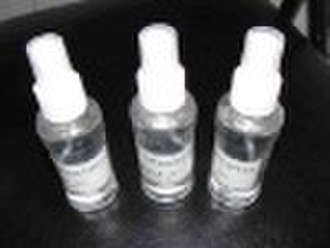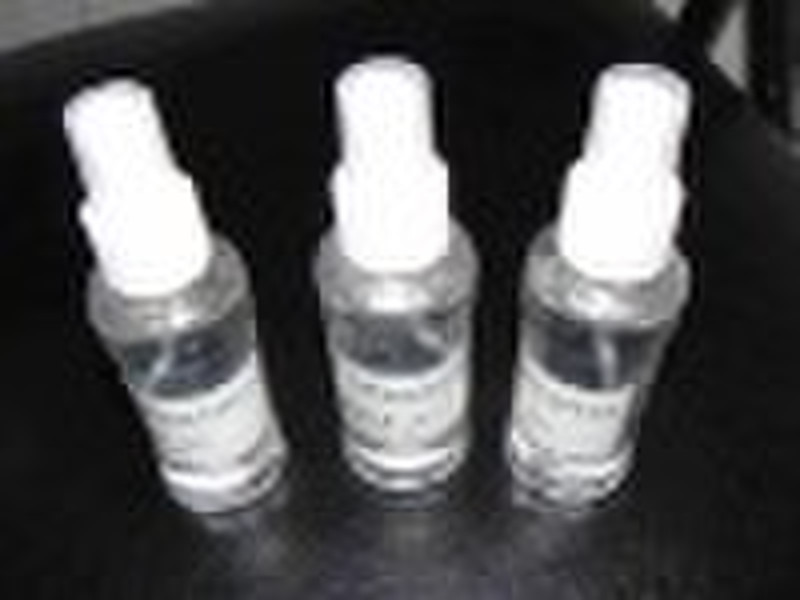Каталог
-
Каталог
- Автомобили и мотоциклы
- Безопасность и защита
- Бизнес
- Бытовая техника
- Бытовая электроника
- Детали машин и услуги по их изготовлению
- Дом и Сад
- Здоровье и медицина
- Игрушки и хобби
- Изделия из металла
- Измерительные и анализирующие приборы и инструменты
- Инструмент
- Красота и личная гигиена
- Мебель
- Мероприятия по охране окружающей среды
- Минералы и металлургия
- Модные аксессуары
- Обувь и аксессуары
- Одежда
- Освещение
- Подарки, сувениры
- Продовольственные товары и напитки
- Промышленное оборудование и техника
- Резина и пластмассы
- Сельское хозяйство
- Специальное оборудование
- Спорт, отдых и досуг
- Сток
- Строительство и недвижимость
- Текстиль и кожа
- Телекоммуникации
- Товары для офиса, учебы. Канцтовары
- Транспорт
- Упаковка и печать
- Химикаты
- Часы, Украшения, Очки
- Чемоданы, сумки
- Электронные компоненты, оборудование, принадлежности
- Электротехническое оборудование и принадлежности
- Энергия
Filters
Search
ДЭТА

leo li
Контактное лицо
Основные данные
| Классификация | Insecticide |
|---|---|
| Место происхождения | Jiangsu China (Mainland) |
| Состояние | Жидкость |
DEET (chemical name, N, N-diethyl-meta-toluamide) is the active ingredient in many insect repellent products. It is used to repel biting pests such as mosquitoes and ticks, including ticks that may carry Lyme disease. Every year, approximately one-third of the U. S. Population is expected to use DEET. Products containing DEET currently are available to the public in a variety of liquids, lotions, sprays, and impregnated materials (e. G., wrist bands). Formulations registered for direct application to human skin contain from 4 to 100% DEET. Except for a few veterinary uses, DEET is registered for use by consumers, and it is not used on food. DEET is designed for direct application to human skin to repel insects, rather than kill them. After it was developed by the U. S. Army in 1946, DEET was registered for use by the general public in 1957. Approximately 230 products containing DEET are currently registered with EPA by about 70 different companies. Insect repellents containing DEET can help prevent bites from ticks, mosquitoes and other biting pests reducing the risk of disease. Various forms and concentrations are available. The following guidelines from the Chemical Specialties Manufacturers Association can help you select the proper insect repellent:
-
Способы оплаты
Для оплаты товаров и услуг на нашем портале, Вы всегда получаете счет, в котором Вам необходимо самостоятельно указать свои данные.
Мы принимаем к оплате:









